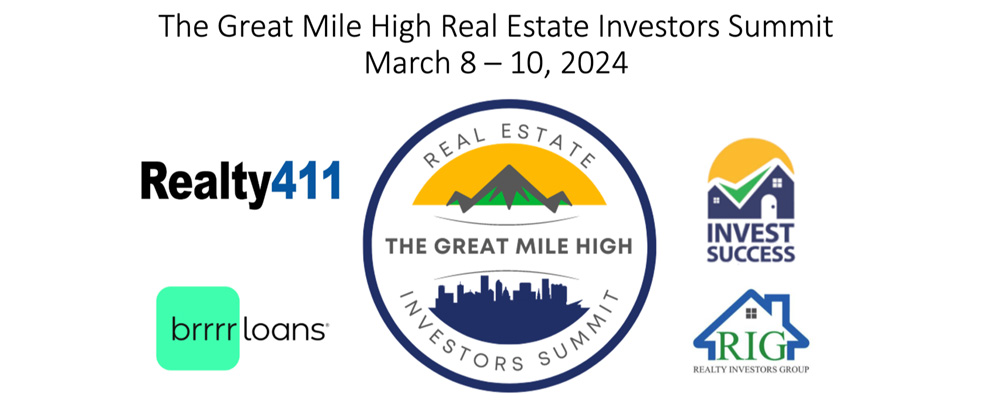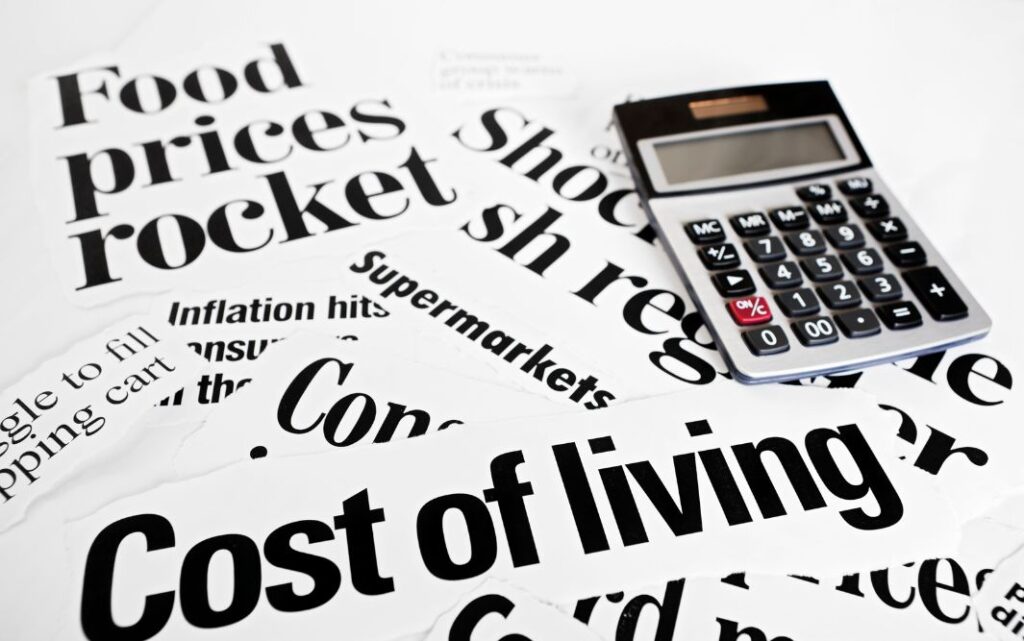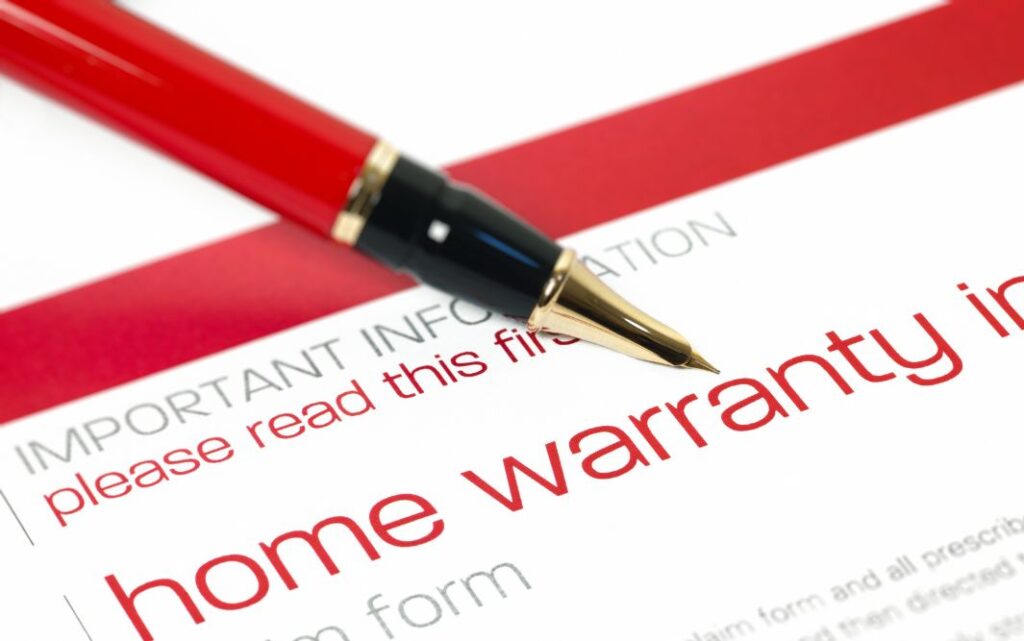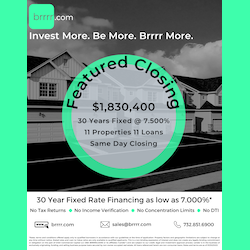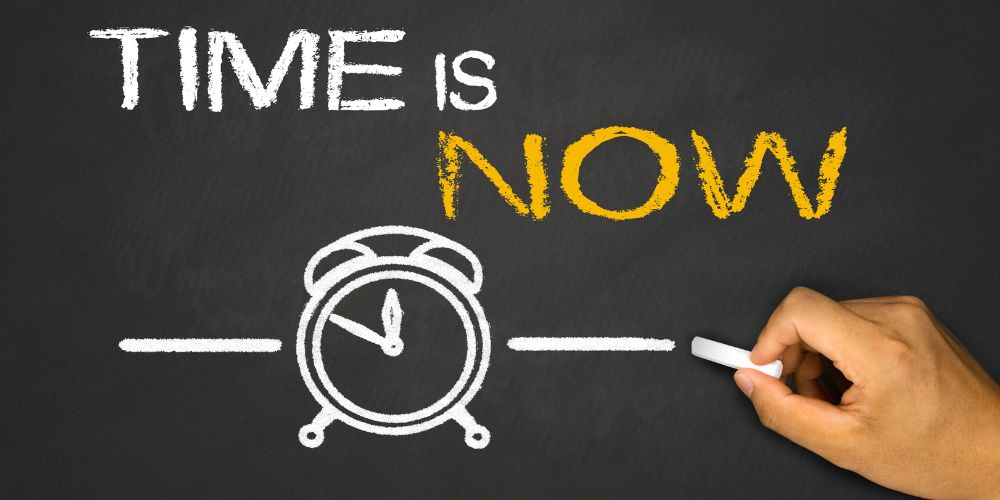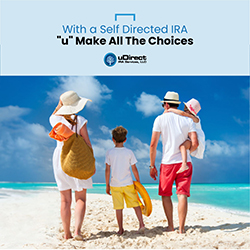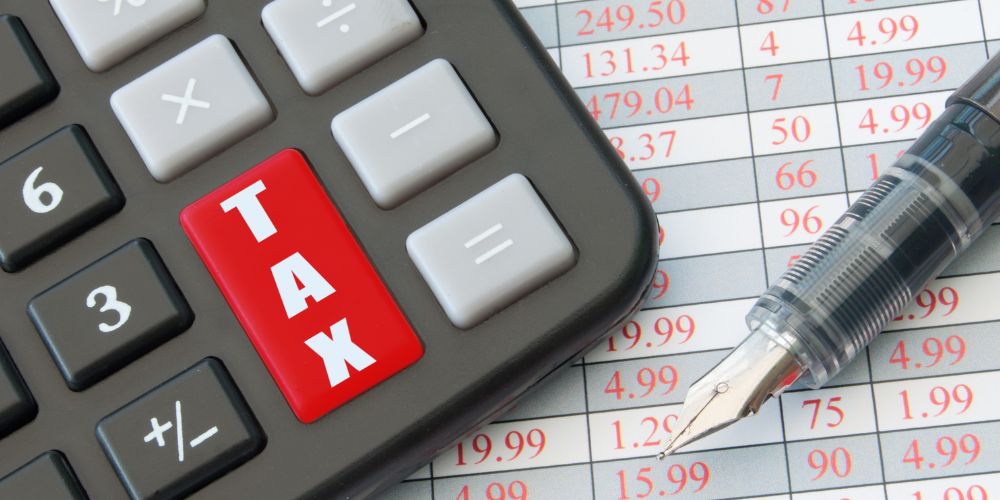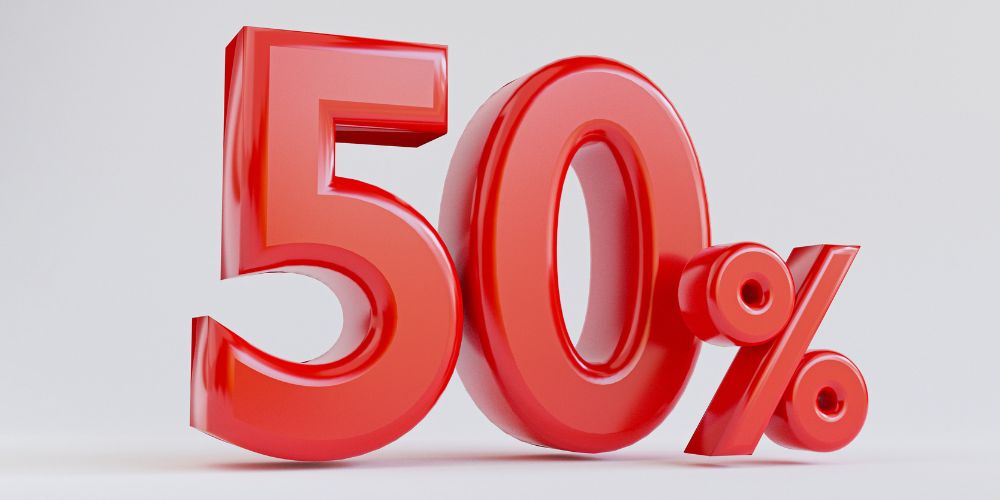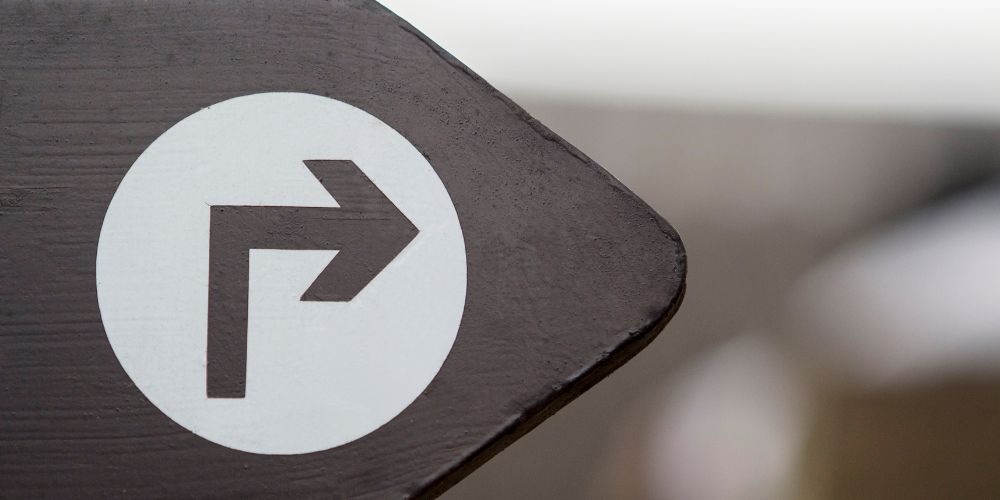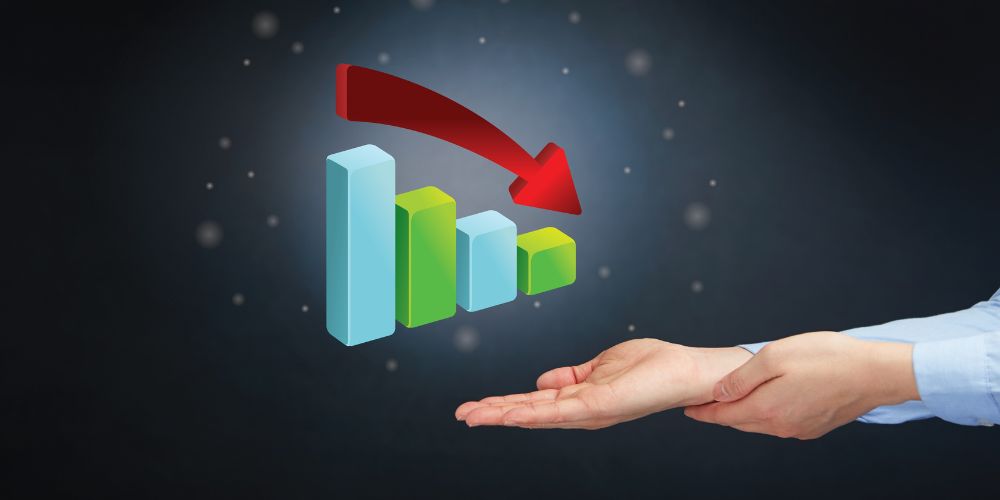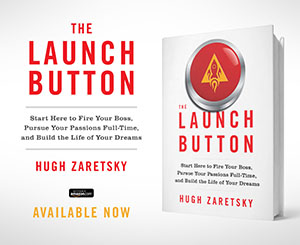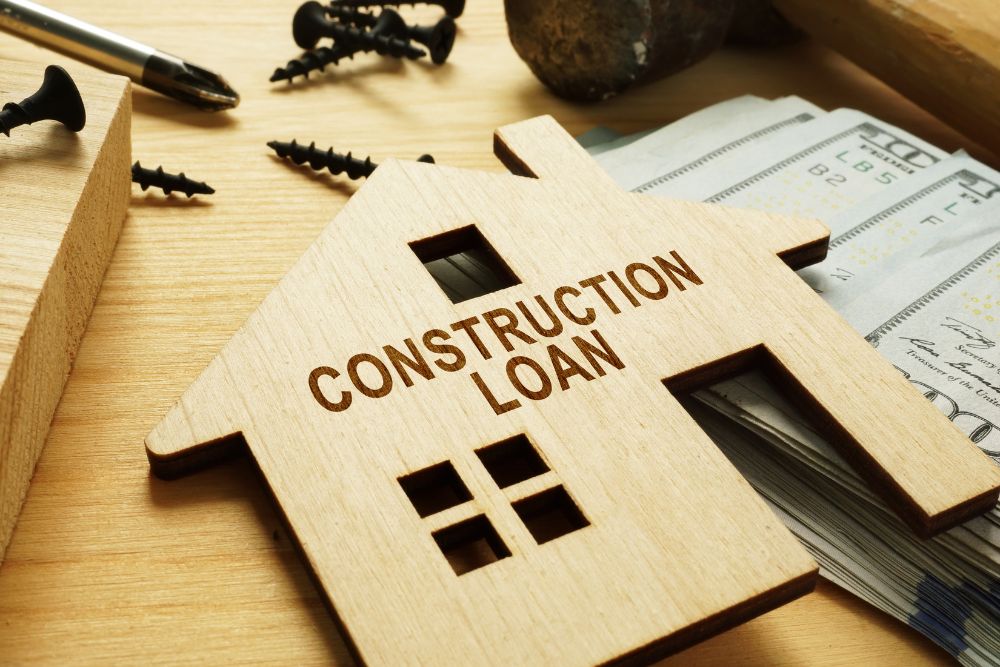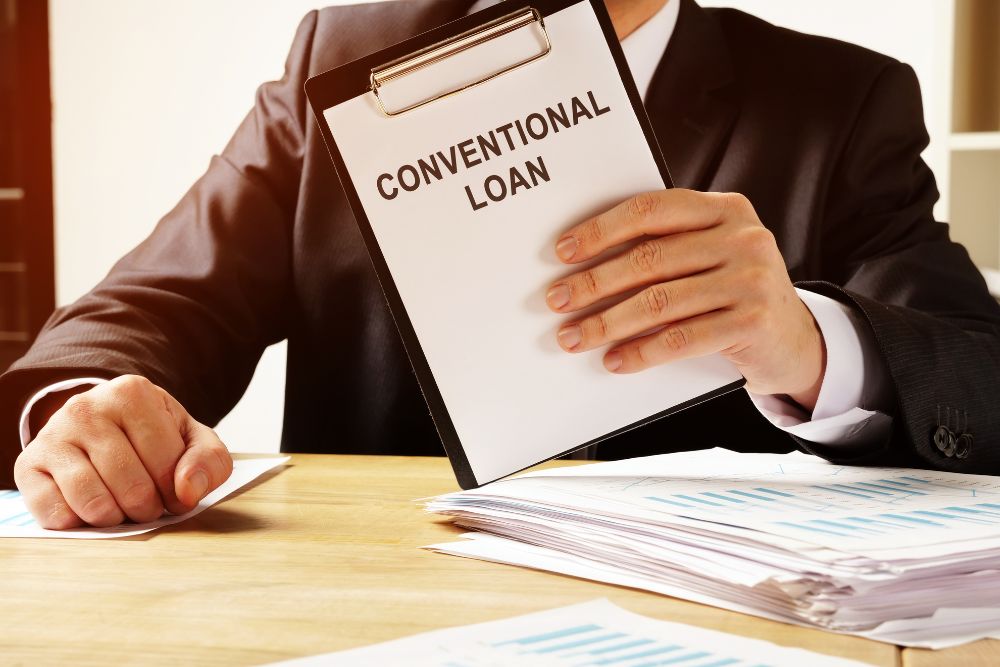
The company has officially kicked off its franchise offering, vetting franchisees across the nation for potential partnership.

Denver, COLORADO – Invest Success, a real estate investment training franchise known for its best-in-class training and education courses, has just announced the official launch of its franchise opportunity.
The Colorado-based company is pushing to expand nationally, already seeing momentum thanks to its unique program and model. The franchise includes a proven system of processes, development, and marketing strategies all created to draw in students and train them in the best strategies for creating and growing their real estate portfolios.
“We are changing lives through our program already and are excited to now have the opportunity to change lives through our franchise,” stated Jim Edenfield, co-owner of Invest Success.
The demand for real estate investment education is extremely strong, leaving ample opportunity for our franchisees to grow their customer base quickly.”

Invest Success concentrates on presenting real estate from all angles, enhancing each students’ understanding of different real estate deals, ultimately producing real life results.
“Our franchisees have the opportunity to benefit from our support and training, our established systems, and our branding,” stated Edenfield.
They will be part of a training model for real estate investment instructors across the country to provide education for people in their area, following a system that generates revenue year-round without relying on real estate market conditions.”
Invest Success is currently accepting applications for new franchise partners. To learn more about the franchise opportunity, visit www.investsuccessfranchise.com or email [email protected].
ABOUT INVEST SUCCESS
Invest Success provides best-in-class training for real estate investment. Students are prepared to take crucial steps towards becoming a successful Real Estate investor, building their portfolio of properties, and even owning their dream home. To learn more about Invest Success, visit www.invest-success.com. To get started with owning your own real estate investment training franchise, visit www.investsuccessfranchise.com.
